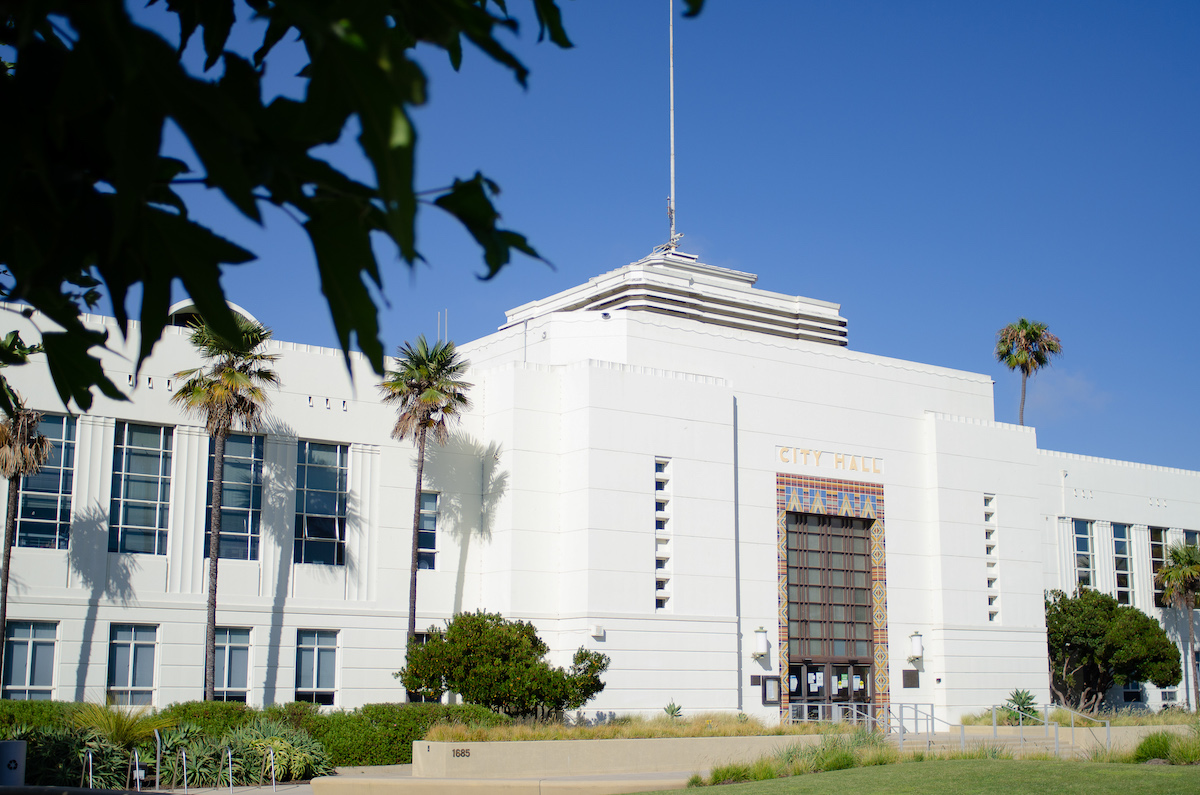A formal proposal might still be a few months away, but the Santa Monica’s council members unanimously directed City staff last week to look into the possibility of incorporating into the upcoming budget a raise in the City-paid livable wage.
Specifically, City staff will be weighing in on whether a raise in the City-paid living wage to $15.37 per hour would be feasible.
Also referred to as a sustainable wage, the council direction to research information on a potential raise in living wage was initiated Jan. 28 by Mayor Pam O’Connor and Mayor Pro Tem Terry O’Day.
“This council has been supportive of a living wage of $15.37 in the development agreement’s we’ve had,” O’Connor said. “The Mayor Pro Tem and I believe we, as a City, need to also be paying this kind of wage to the folks that we employ.”
The fiscal impact upon the City’s budget remains to be seen; yet the living wage has been a topic of discussion during several development agreement (DA) deliberations.
Most recently, OTO Development, which earned a DA approval late last year, came to terms with the union Unite Here Local 11 to pay workers at least $15.37 per hour. That amount, which was agreed upon before the council’s vote, is now the baseline for the City Council’s request.
Prior to the agreement between OTO Development and Unite Here Local 11, City Hall had recommended the two parties agree to a minimum wage of $14.08 per hour.
The OTO Development DA will bring a Courtyard by Marriott and Hampton Inn by Hilton near the intersection of Fifth and Colorado – just one block east of the Expo Line’s terminus station.
Livable wage was also an issue in March 2012, when the City Council approved a DA for a 285-hotel development at 710 Wilshire. That DA, which was narrowly approved by a 4-to-3 vote, included a requirement to pay hospitality workers receiving benefits $11.29 per hour and those not receiving benefits $12.54 per hour.
Both amounts were higher than what was originally proposed in the 710 Wilshire DA but lower than the hourly flat rate of $14.97 requested by several proponents who attended the public hearing almost two years ago.
The three council members who voted against the project in 2012 – then-Mayor Pro Tem Gleam Davis and Council members Kevin McKeown and Terry O’Day – all worried the approved hourly wages were not high enough for employees to afford to live in Santa Monica, meaning they would have to commute from a surrounding community and potentially exasperate the City’s traffic ills.
Interestingly enough, at the time of the public hearing for the 710 Wilshire DA, the going rate for those hired by non-local developers who have contracts with the City is $13.54 per hour, or $2.29 per hour more than the hourly wage for a prospective employee with benefits at 710 Wilshire.
A key issue in the debate on the dais was whether the imposed hourly wage would be so high as to place the developer of the proposed 710 Wilshire project – Maxser and Company – at a competitive disadvantage.
The four ‘yes’ votes were concerned that the $14.97 per hour suggestion would result in the project not being able to operate in the black.
Almost two years later, the proposed living wage is 40 cents higher than the amount that concerned the voting majority of the 710 Wilshire DA.
Stay tuned to the Mirror to track whether the proposed raise in the livable/sustainable wage becomes a reality.
Statewide, the minimum wage is increasing from $8 per hour to $9 per hour by July; in 2016, the State’s minimum wage will increase again to $10 per hour.
Los Angeles Councilman Mike Bonin (CD 11), who represents Santa Monica’s neighbors such as Brentwood, Mar Vista, Pacific Palisades, Palms, and Venice, spoke Jan. 22 to the Santa Monica Democratic Club about establishing a living wage for certain classes of workers both in his city and countywide.
“Personally, I’d like to go for the whole enchilada and a City-wide minimum wage (increase),” Bonin said, not citing a specific figure. “Frankly, it would be more sensible to have a County-wide minimum wage.”












